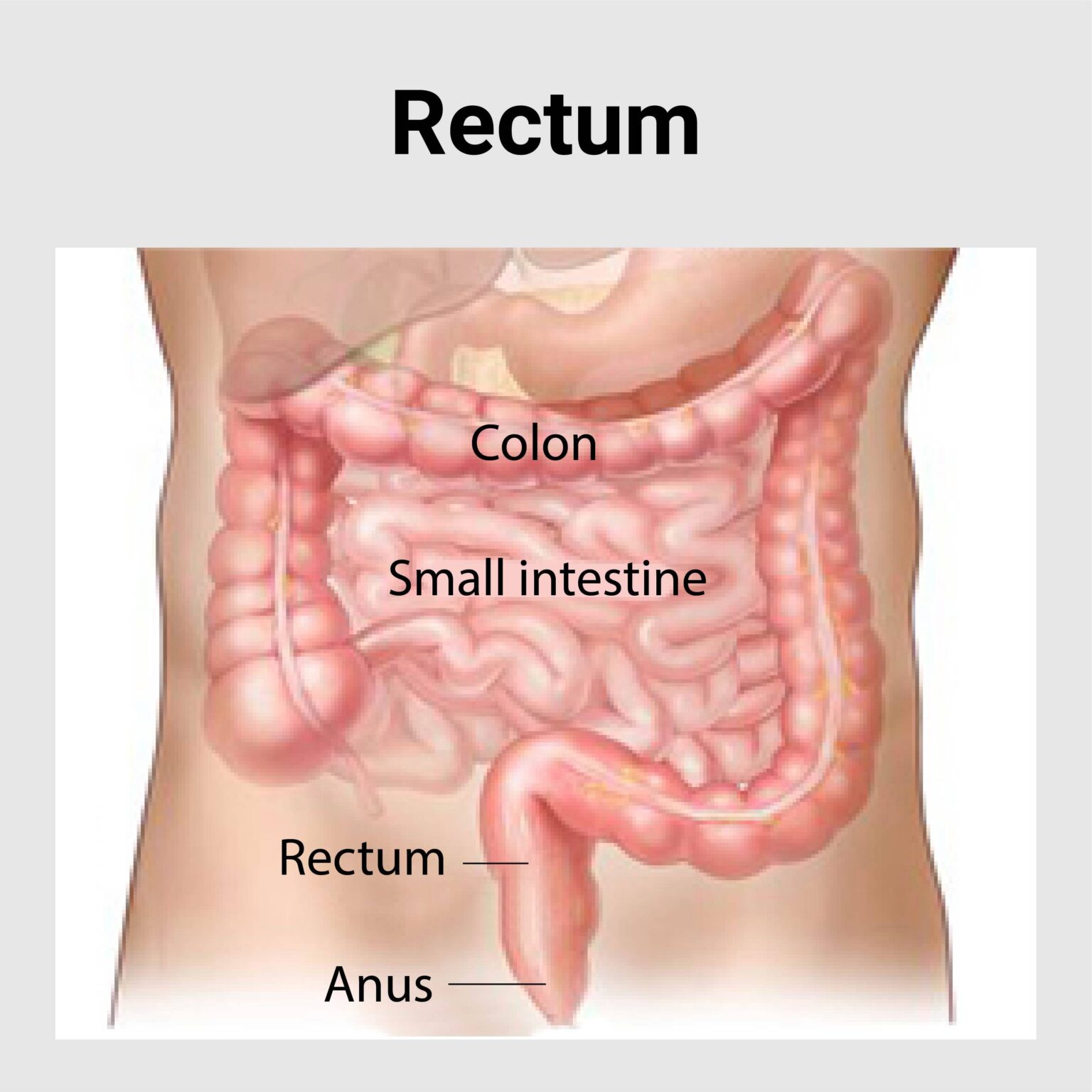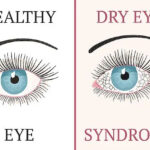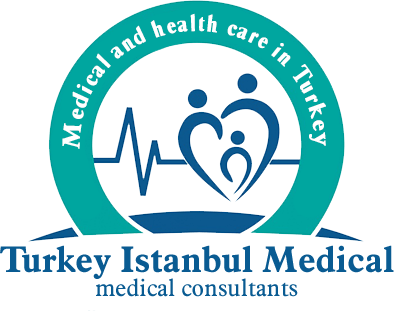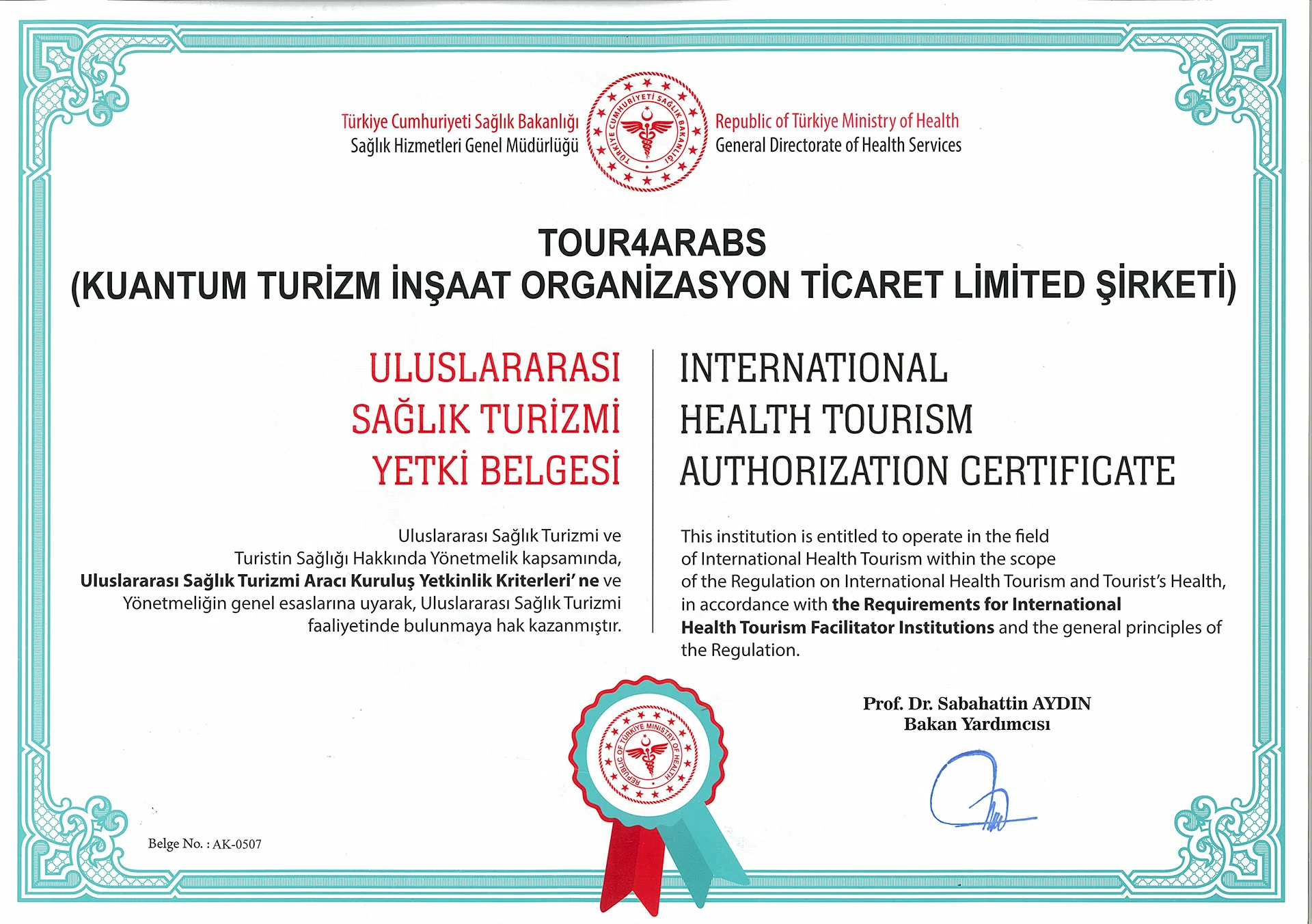Rectal Diseases
Diseases related to the defecation and anus region are known as diseases to be ashamed of in the society. These diseases negatively affect the quality of life. The person decides to go to the doctor at the point where he is most uncomfortable. With today’s technologies, diagnosis and treatment methods are now helping to find and heal these diseases more easily.
The most common rectal diseases in the community are as follows. They form hemorrhoids, anal fissure, perianal fistula, pilonidal sinus.
Hemorrhoids
In the hemorrhoid group, the complaints are mostly manifested as rectal bleeding and painful swelling in the anal region. Surgical treatments are applied according to the follow-up findings of the patients whose medical treatments are arranged according to the physical examination findings. With the laser method, it can be treated faster, bloodless, painless and painless.
Perianal Fistulas (Anal Fistulas)
The secreted fluid is not secreted to facilitate the making of stool. Therefore, ablution causes abscess formation here. These abscesses either burst on their own over time. There is a constant flow of inflammation from the anus of the patient. Sometimes, when a doctor is visited with complaints of pain, it is detonated in a controlled manner by the specialist.
Perianal fistula is seen equally in men and women, there is no common age range. It can be seen in young and old alike. However, it is known that it is more common in overweight people. Its incidence increases in the summer months when the heat and humidity increase.
It is treated surgically.
Pilonidal Sinus (Ingrown Hair)
The disease, also known as ingrown hair among the people, is usually seen in men. The disease manifests itself with discharge, swelling, pain, abscess in the coccyx region, and the resulting foul-smelling discharge and holes. It is treated surgically.
Tumors
Rectal tumors are the most common cancers in rectal diseases. Patients usually apply to the doctor with complaints of bleeding in the rectum. The first diagnosis is made by examination. A mass can be detected on digital examination with a finger. Then, staging is done with colonoscopy, biopsy, thoracic and abdominal computed tomography.
The staging of the disease is made in the light of information such as the size of the mass obtained by pelvic MRI and endoanal ultrasound, its folds on the rectal wall, whether the surrounding lymph nodes are positive.
Treatment is decided together with oncology specialists. Rectal tumors are usually treated with chemoradiotherapy at the first stage.
This treatment, which takes about 6-8 weeks, can sometimes take up to 3 months.
After the treatment, surgeries such as laparoscopic surgery and laparoscopic rectal resections are performed within a certain period of time. Afterwards, the patients receive chemotherapy treatments in the oncology department, followed by surgery, oncology and gastroenterology specialists jointly.
Anal Fissure
It occurs due to constipation and hard stools. Problems such as cracks, pain or bleeding in the anus triggered by constipation are often seen in women. Anal fissures are divided into acute and chronic.
In acute fissures, patients are usually advised to treat with anti-constipation ointment for the area in question. In chronic anal fissures, medical treatment lasting one month is applied. 80% of success is achieved with these methods.
If these methods are insufficient in this disease, surgical treatment is applied.






